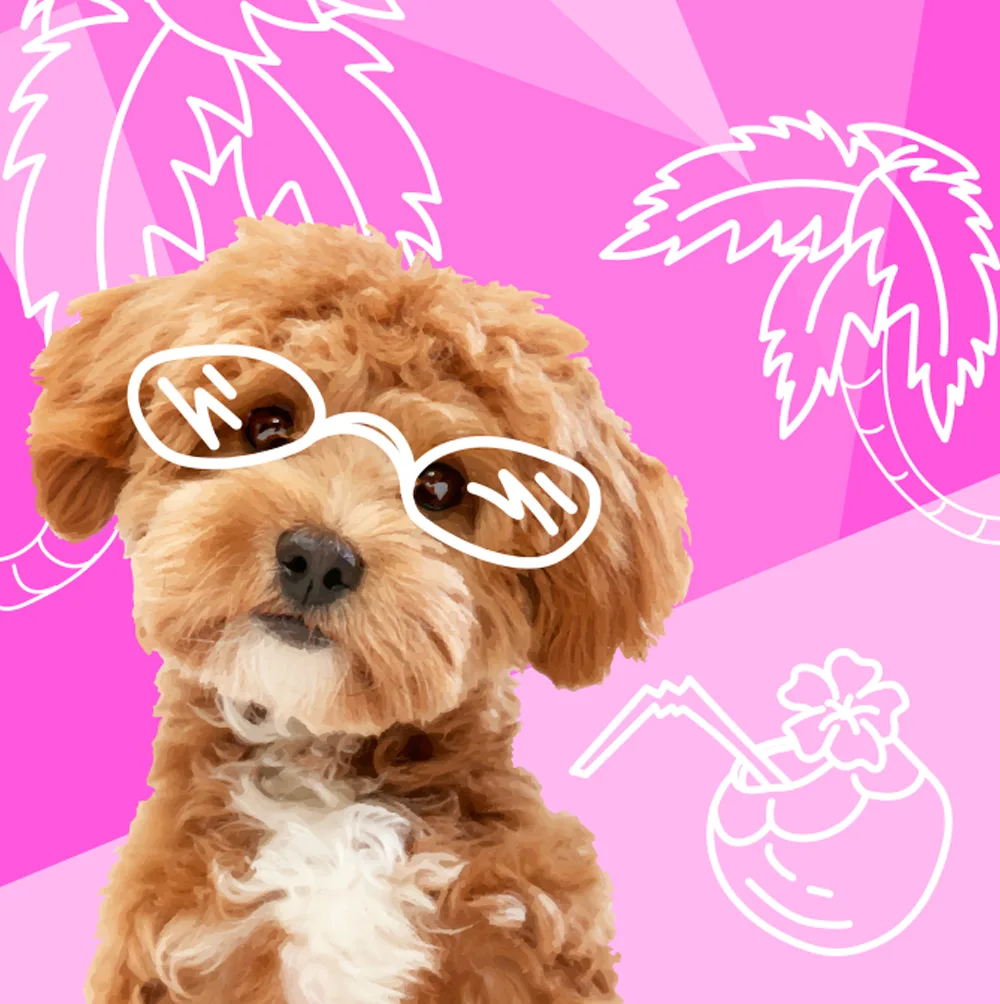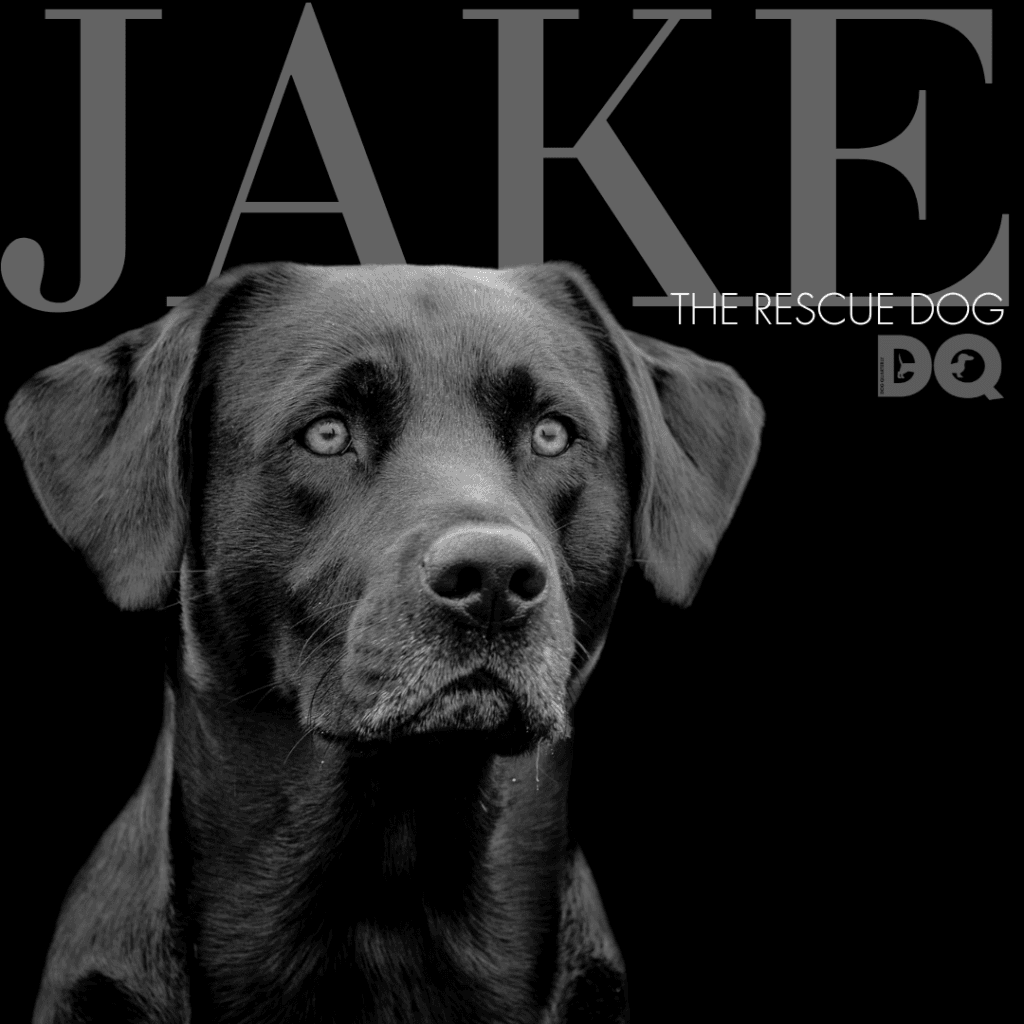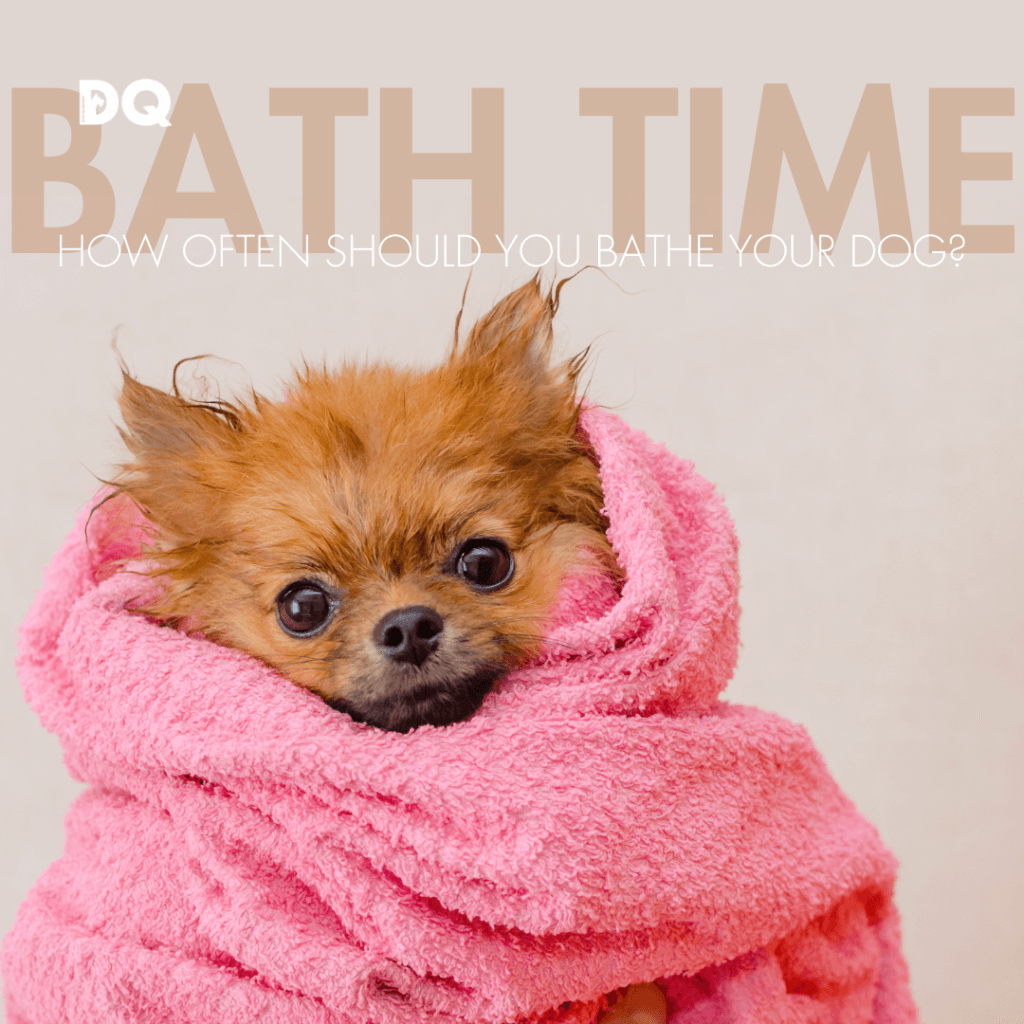Why our companions are more than status symbols
Social media is full of trends – some fun, some thought-provoking, and some that leave us cringing a little. A recent one making the rounds is the idea that the breed of dog you own is part of your personal brand. In this way of thinking, a Poodle or a Pomeranian isn’t just a pet, it’s a reflection of your taste, your image, or even your home décor.
It’s not hard to see where this idea comes from. For a long time, brands have been part of identity: the car you drive, the clothes you wear, the coffee you order. In a world where Instagram feeds are curated like magazines, some people extend this thinking to their dogs – positioning them as a kind of ‘status symbol’ or an accessory to a particular lifestyle. A hypoallergenic breed, for example, is presented as perfect for the household where expensive furniture must never be covered in dog hair.
But while the concept might be catchy, it’s also troubling. Dogs are not commodities; they’re companions. Framing them as part of a personal brand risks turning living, feeling beings into aesthetic choices.

Understanding the concept
In marketing terms, a personal brand is the image and reputation you project into the world, and is often consciously curated through social media. The dog-as-brand idea slots neatly into this logic: different breeds signal different qualities.
- French Bulldogs may be seen as trendy, urban, and social media-friendly.
- Border Collies might project an outdoorsy, active lifestyle.
- Poodles could be framed as elegant, allergy-friendly, and tidy.
When reduced to this, dogs become props to underline a persona, rather than family members with needs, quirks, and value of their own.

Why it’s problematic
There are three main reasons this trend is worth challenging:
- It promotes shallow choices. People might pick a breed based on image rather than suitability, ignoring energy levels, health issues, or temperament. A breed that looks chic on Instagram may be completely unsuitable for their lifestyle.
- It diminishes welfare. Seeing dogs as accessories makes it easier to overlook their needs. A Border Collie isn’t an ‘active brand choice’ – it’s a working breed that can suffer if not given enough exercise and stimulation. Buying yourself the latest trainers from a sports brand and then never hitting the gym doesn’t affect the shoes, but doing the same to a dog is a welfare issue.
- It risks disposability. If a dog no longer ‘fits the brand,’ or if trends shift, the animal can be neglected or rehomed. We already see this with sudden surges (and abandonments) of breeds that go viral online.

What really matters
Yes, our dogs do say something about us, but not in the way an Instagram reel might suggest. They show that we are willing to care, commit, and share our lives with another species. They reveal patience, empathy, humour, and resilience. They show that we are guardians, not consumers.
Choosing a dog should never be about curating a ‘look.’ It should be about:
- Temperament: Does this dog’s nature suit your family and lifestyle?
- Welfare: Can you meet this breed’s exercise, training, and health needs?
- Commitment: Are you prepared for 10–15 years of care, through every stage of life?

Final thoughts
Dogs enrich our lives in countless ways, but they are not props in a personal brand. They’re living, breathing companions with needs, personalities, and value far beyond aesthetics. In a world obsessed with image, it’s worth remembering this.



